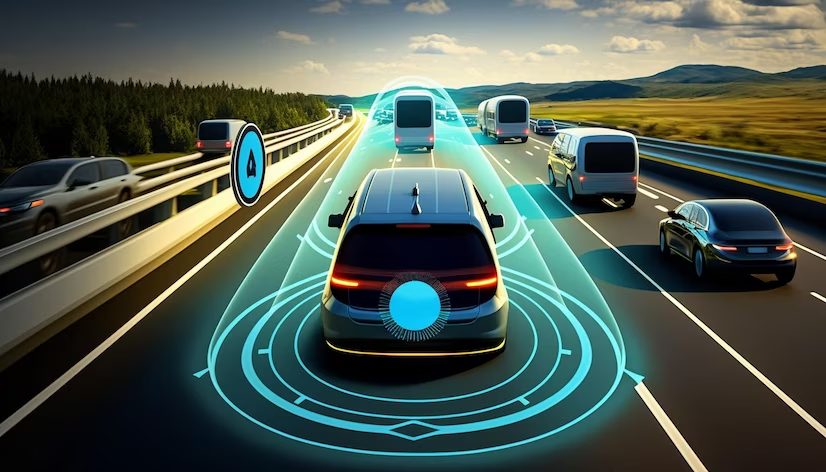Get ready to ditch the congested freeways and imagine a world where commutes are efficient, sustainable, and even futuristic. Transportation tech is on a roll, and the innovations brewing in labs and test tracks promise to revolutionize the way we move people and goods. Buckle up, because we’re about to explore some of the most exciting advancements that will shape the future of transport.
Electrification Takes the Wheel: The reign of fossil fuels is waning. Electric vehicles (EVs) are surging in popularity, driven by falling battery costs, expanding charging infrastructure, and environmental concerns. From sleek personal cars to massive electric trucks, expect this trend to accelerate, fueled by government incentives and advancements in battery technology like solid-state batteries with extended range and faster charging times.
Rise of the Machines: Autonomous vehicles hit the road. Remember “The Jetsons”? Self-driving cars are no longer science fiction. Companies like Waymo and Cruise are already operating robot taxi fleets in select cities, and the technology is rapidly evolving. Imagine hailing a self-driving Uber that whisks you away safely and efficiently, freeing you to work, relax, or simply enjoy the scenery. However, ethical considerations, safety regulations, and public trust still need to be addressed before autonomous vehicles become truly mainstream.
Taking Flight: Urban air mobility takes off. Traffic jams? Not a problem anymore! Urban Air Mobility (UAM) solutions like flying taxis and electric vertical takeoff and landing (eVTOL) vehicles aim to decongest cities by taking transportation tech to the sky. Imagine hopping into a personal aerial vehicle for a quick commute across town, or using a drone to deliver packages directly to your rooftop. While noise pollution and safety concerns remain, UAM has the potential to revolutionize short-distance travel, particularly in densely populated areas.
Hyperloop: The speed of sound, underground. This futuristic concept envisions pods traveling at supersonic speeds through low-pressure tubes. Companies like Virgin Hyperloop One are actively developing this technology, promising hyperloop travel between cities in just minutes. While technical hurdles remain, the potential for ultra-fast, energy-efficient transportation is undeniable. Imagine traveling from Los Angeles to San Francisco in under 30 minutes!
Micromobility: Small is big. Bikes, scooters, and e-bikes are experiencing a renaissance, thanks to their affordability, convenience, and environmental benefits. Cities are increasingly investing in dedicated bike lanes and micromobility infrastructure, making these options more attractive for short trips. Expect to see continued growth in this sector, along with innovations like self-balancing scooters and AI-powered navigation systems.
Smart Cities, Smarter Transport: Imagine traffic lights that adjust to real-time congestion, public transportation networks that operate seamlessly, and infrastructure that adapts to changing needs. This is the vision of smart infrastructure cities, where technology plays a crucial role in optimizing transportation systems. Connected vehicles, data analytics, and AI will be key ingredients in creating a more efficient, sustainable, and user-friendly transportation landscape.
The Future is a Multimodal Mix: The most exciting aspect of the transportation tech revolution is not one specific technology, but the integration of various options. Imagine seamlessly switching between EVs, public transit, micromobility, and even UAM depending on your needs and the journey. Mobility-as-a-Service (MaaS) platforms will play a central role, offering personalized travel plans and seamless ticketing across different modes.
Challenges on the Road Ahead: While the future of transport is bright, there are challenges to overcome. Infrastructure needs to be adapted, regulations need to evolve, and public trust needs to be built. Additionally, ensuring equitable access to these innovations is crucial to avoid further widening the transportation gap.
Conclusion
The transportation tech revolution is not just about fancy gadgets; it’s about creating a more sustainable, efficient, and equitable future for all. By embracing these innovations, we can pave the way for a world where getting from point A to point B is not just a necessity, but a seamless, enjoyable experience. Buckle up and prepare for the journey ahead!







